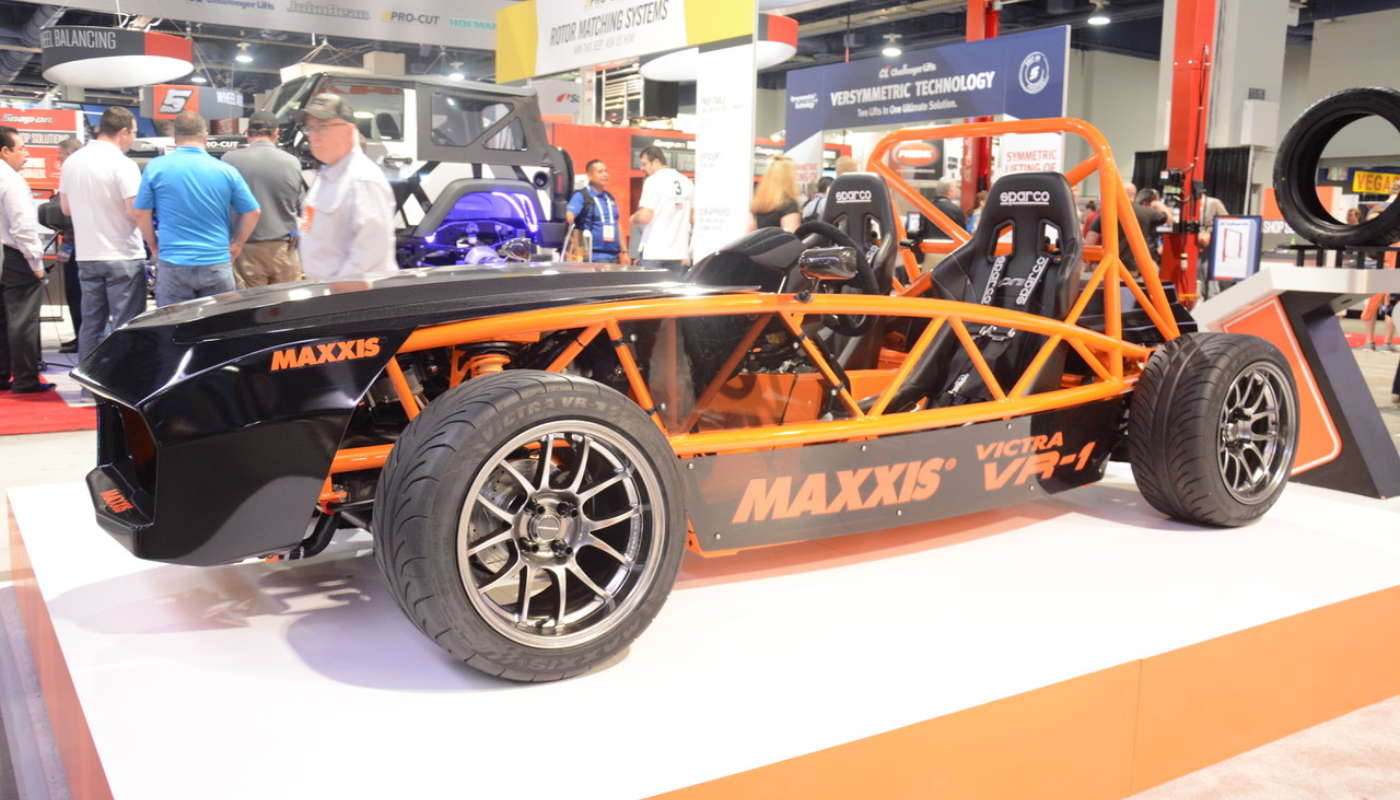
Strange Encounters of the Chassis Kind
By Steve Temple
After a few decades of writing for automotive magazines, you can imagine that I’ve run across some unusual chassis setups. Not just “super” ones, as noted in our cover theme, but really strange ones as well.
Probably the most unusual was when I met with Carroll Shelby at his Los Angeles office. This was back when he claimed to have a batch of unfinished frames from the ’60s with original CSX chassis numbers on them. He walked me to the back of his Goodyear tire warehouse and pointed to a stack of tubing.
“I left the frames out in the weather to rust,” Shelby confided in me. “To make them look like they’re old.” Being a bit wet behind the ears as a newbie editor, and viewing Shelby as an untarnished American hero of motorsports, I found this comment puzzling, but didn’t question it right then. Until he went into more detail.
“I even used a nibbler on the front suspension uprights so they look original.” Huh? I realized that he was fabricating these frames so they’d appear to be authentic from the ’60s. But they were all-new manufactured, and not exempt from current vehicle requirements, as he hoped. That led to some controversy with the California DMV, stirred by an investigative journalist for the LA Times. The matter was eventually settled by Shelby admitting to these Cobra chassis as “reproductions.”
Another strange chassis tale also involved a visit with Shelby and Bob Negstad, the Ford engineer who designed the chassis for the 427 Cobra — the first ever designed on a computer, by the way. Turns out that AC Cars did not want to use the exact configuration meticulously developed by Negstad, because the company insisted on using some scrap tubing on hand that was slightly shorter than specified. To make up the difference in length, the company’s in-house engineer created an elaborate box section on the end of the tubes, which served as a carrier for the rear suspension. This scenario really exasperated Negstad at the time, but he laughingly joked about it years afterward.
Ironically, when I first came across Factory Five Racing’s Cobra replica, President Dave Smith, a really sharp MIT grad, openly admitted that he couldn’t figure out why the original Shelby had such short main rails for the frame. When I related Negstad’s account, Smith let out a big, “Ohhh, no wonder!”
I could go on at length about other strange chassis setups I’ve seen over the years, but that hardly does justice to the state of our industry. Automotive technology has come a long way way since the ’60s, and replicas in general take advantage of technological progress. That’s a good thing, because as I’ve noted before, we don’t want to keep walking backward into the future. Enthusiasts generally prefer reproductions of classics to be a melding of old and new, using the best of both worlds. So this issue shows some excellent examples of how new technology has been put to use in strengthening old foundations and making use of newer suspension components. And they don’t have to be left out in the weather to be really appreciated.

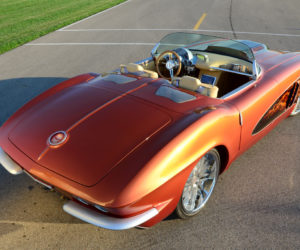
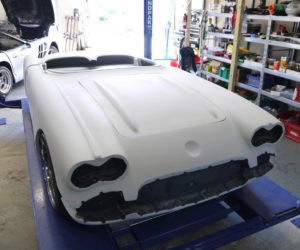
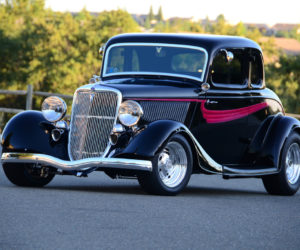
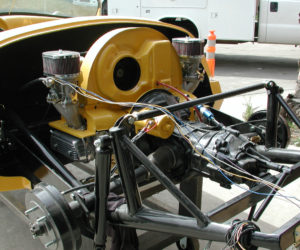
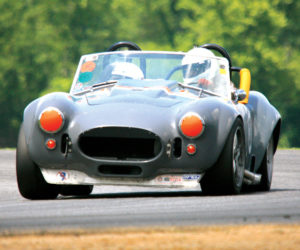
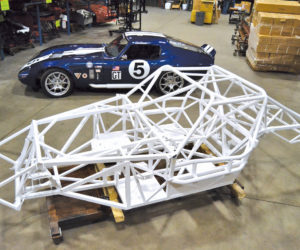




Comments for: Strange Encounters of the Chassis Kind
comments powered by Disqus